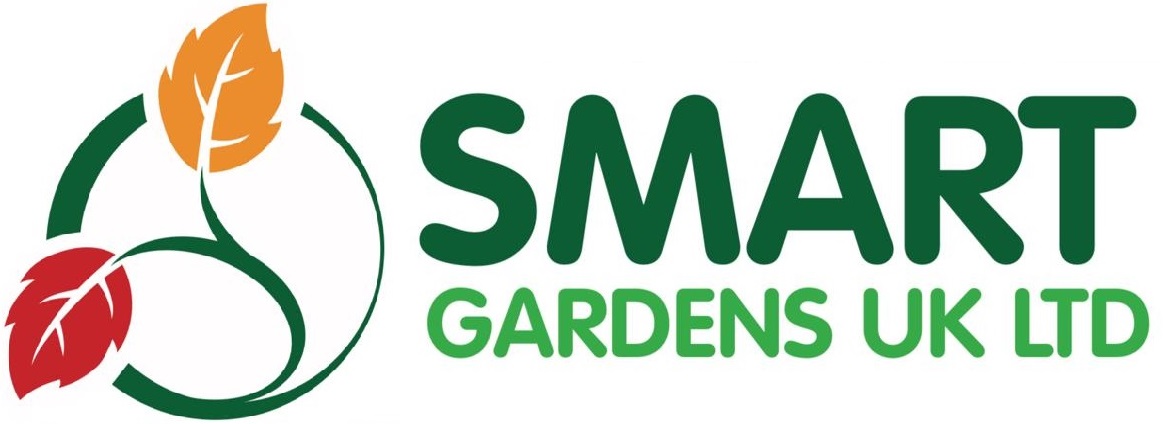The Role of Garden Fencing in Wildlife Conservation and Habitat Preservation
Introduction
Garden fencing is often seen as a way to keep unwanted animals out of our gardens and protect our plants from being destroyed. However, it also plays a crucial role in wildlife conservation and habitat preservation. In this article, we will explore the various ways in which garden fencing can contribute to the protection and preservation of wildlife.
1. Creating Boundaries
One of the primary functions of garden fencing is to create boundaries. By defining the limits of our gardens, we can prevent wildlife from encroaching into areas where they may cause damage. This is particularly important in urban areas where natural habitats are increasingly fragmented. By establishing clear boundaries, we can ensure that wildlife has designated spaces to thrive while minimizing conflicts with human activities.
2. Protecting Native Plants
Garden fencing can also serve as a protective barrier for native plants. In many regions, invasive species pose a significant threat to the survival of native flora. By installing garden fencing, we can prevent these invasive plants from spreading into our gardens and surrounding natural areas. This, in turn, helps to preserve the biodiversity of our ecosystems and maintain the delicate balance between different plant species.
3. Preventing Wildlife Disturbance
Wildlife disturbance can have detrimental effects on their behavior and overall well-being. Garden fencing can act as a buffer zone, preventing direct contact between humans and wildlife. This is particularly important for species that are easily stressed or sensitive to human presence. By minimizing disturbance, we can ensure that wildlife can carry out their natural behaviors without unnecessary stress or disruption.
4. Promoting Wildlife Corridors
Garden fencing can be strategically designed to create wildlife corridors, connecting fragmented habitats. These corridors allow animals to move freely between different areas, facilitating gene flow and maintaining healthy populations. By incorporating features such as small gaps or wildlife-friendly gates in our garden fences, we can provide safe passage for wildlife, contributing to the overall conservation of species.
5. Encouraging Wildlife-Friendly Gardening Practices
Garden fencing can also serve as a visual reminder to practice wildlife-friendly gardening. By creating a fenced area, we are prompted to consider the needs of wildlife when designing our gardens. This may include planting native species, providing water sources, and creating sheltered areas. By adopting these practices, we can attract a diverse range of wildlife to our gardens, contributing to their conservation and providing valuable habitats.
6. Protecting Endangered Species
Certain species are particularly vulnerable to human activities and habitat loss. Garden fencing can play a crucial role in protecting these endangered species by creating safe havens within our gardens. By carefully selecting plants that provide food and shelter for these species and ensuring that the fencing is secure, we can create a sanctuary for them to thrive. This can make a significant difference in their conservation efforts and contribute to their long-term survival.
Conclusion
Garden fencing is not just about protecting our plants; it is also a powerful tool for wildlife conservation and habitat preservation. By creating boundaries, protecting native plants, preventing wildlife disturbance, promoting wildlife corridors, encouraging wildlife-friendly gardening practices, and protecting endangered species, garden fencing can make a significant impact on the preservation of our natural world. So, the next time you consider installing a garden fence, remember its potential to contribute to the conservation of wildlife and the preservation of their habitats.


